On a clear day, residents of Japan’s picturesque holiday island of Yonaguni can see Taiwan’s mountain ranges rising above the sea mist. For the people living here just 100km away from potentially the biggest flashpoint for conflict in the Asia-Pacific, those mountains serve as a near-daily reminder of the dangers posed by China’s push for territory.
Successive Japanese leaders have warned that Taiwan could be the next Ukraine – that Xi Jinping could follow Vladimir Putin’s example and launch an invasion that would risk drawing large swathes of the world into another proxy war.
That might all seem hypothetical more than 2,000km away in Tokyo, where the government is currently pushing through the biggest military buildup since the Second World War, doubling its defence budget by 2027 and dramatically expanding the operational capabilities of the Japanese Self Defence Forces (SDF).
But on Yonaguni the threat feels very real indeed, with unprecedented drills carried out in recent months to prepare the island for an evacuation.
Famous across Japan as a holiday destination and for its unique breed of wild horses, Yonaguni is a tiny outpost jutting out of the East China Sea with a population of just 1,700 people. Since 2016 it has hosted an SDF base that now has around 250 personnel, and they and their families make up an important contingent of island life.
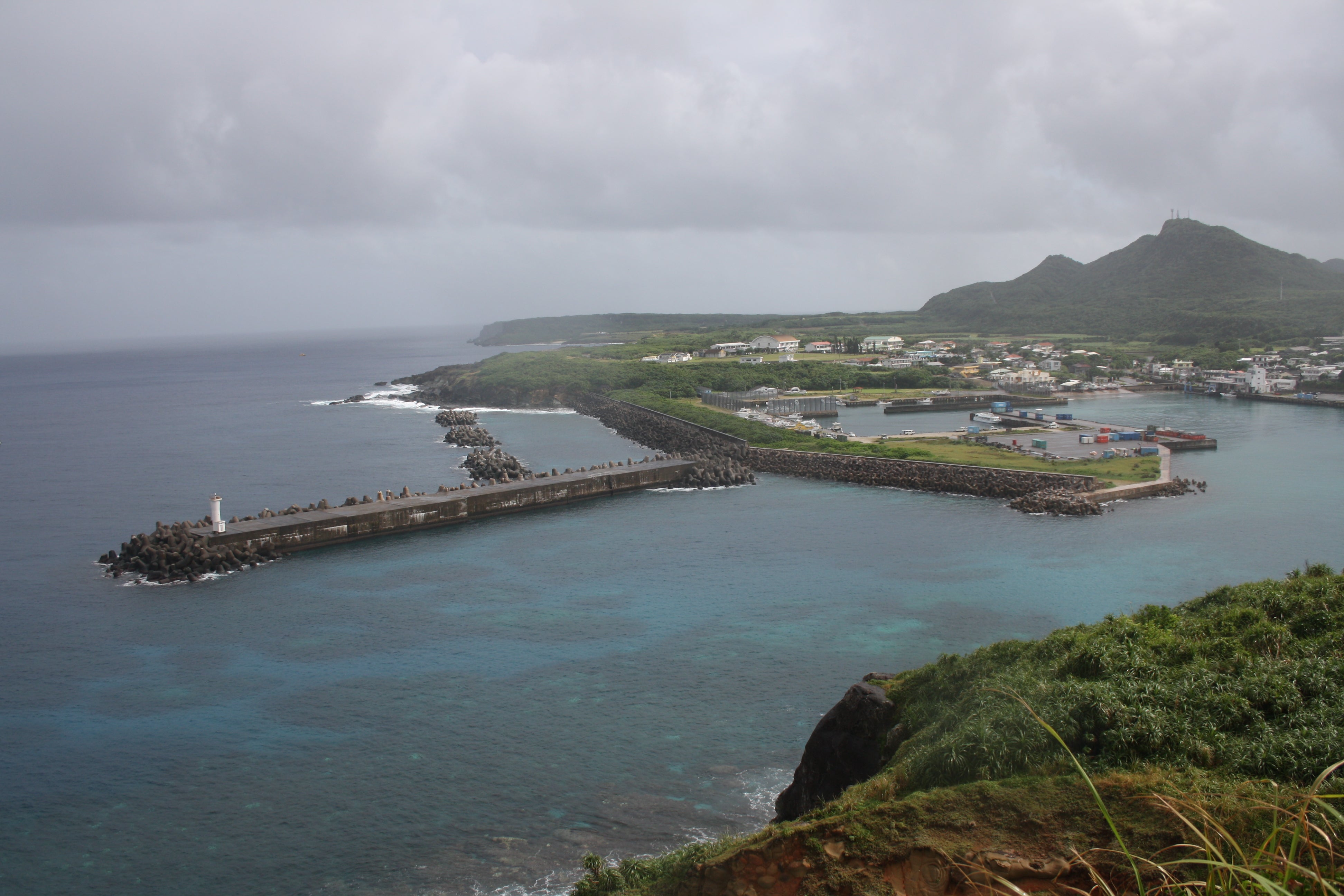
During joint US-Japanese exercises late last year known as Keen Sword, the local garrison took part in so-called “disaster prevention drills” with US forces here for the first time – widely seen as preparations for if Taiwan is attacked. The Independent saw Japanese soldiers pretending to be wounded islanders, carried on stretchers to a waiting American C130 Hercules military transport plane.
The drills involved a number of firsts for Yonaguni, including the first time US-made Osprey aircraft – which would be crucial for logistics in the event of a real evacuation – landed and took off on the blustery island. A spokesperson for the SDF confirmed to The Independent that this was a “larger exercise compared to ones conducted in the past”.
A delegation of officials also visited from the wider Okinawa prefecture to discuss the finer details of how an evacuation would take place if Taiwan was invaded. They explained to locals that they would be moved to shelters on a larger island in the archipelago, with the injured taken for treatment at hospital – the island does not have one of its own.
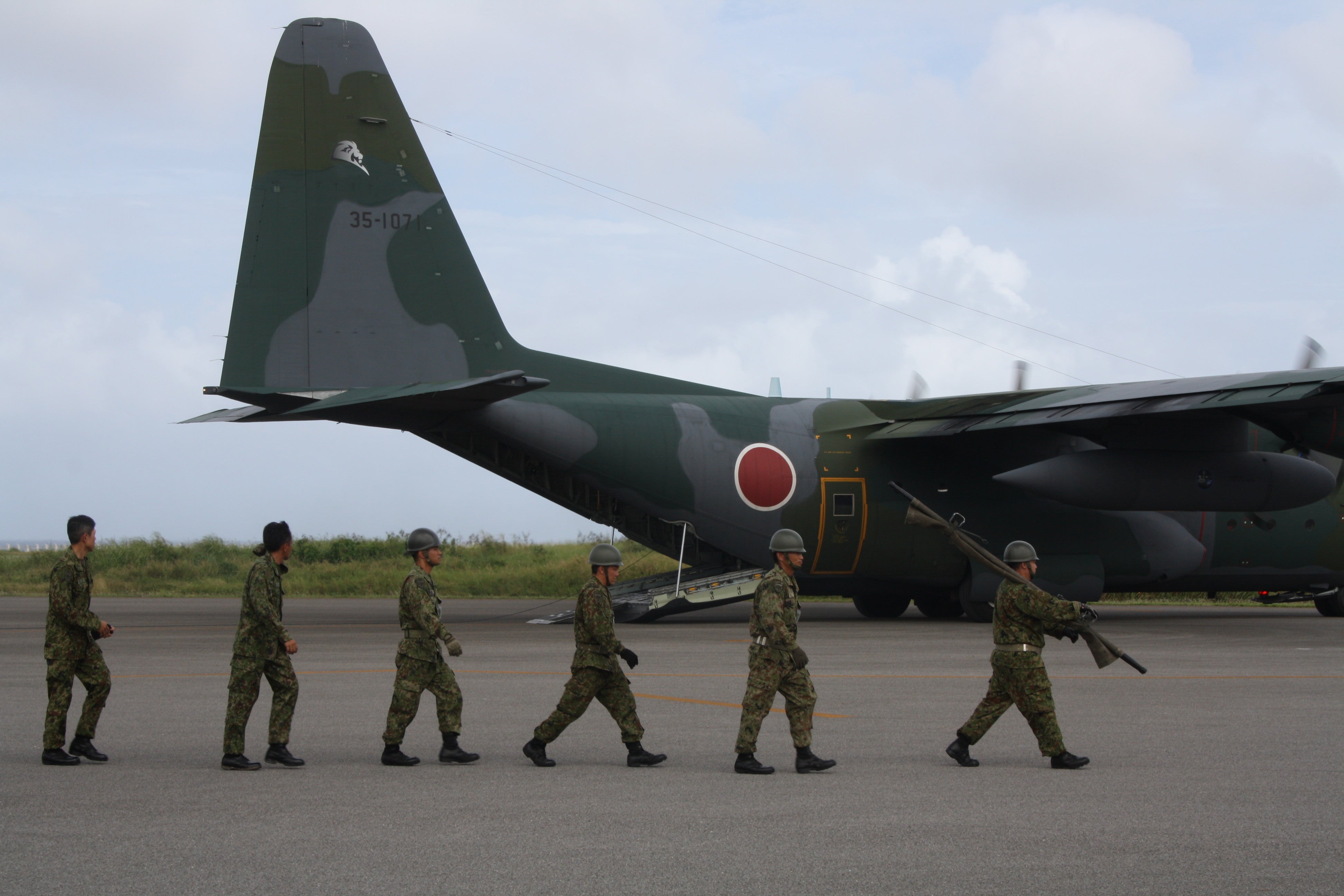
The atmosphere on the island is tense, with locals saying the soldiers appear more nervous than usual. And while some find the mock evacuation comforting, the presence of a large garrison here is polarising, with families divided over whether they offer protection or risk making the island a target.
Near Yonaguni’s main fishing port Hisako Otomo, the owner of the westernmost shop in Japan, admits the islanders cannot help but feel concerned about the situation with China.
“It’s worrying when we see the news,” she says. “It’s scary to have to think about this [an invasion of Taiwan] – to think is it really going to happen?”
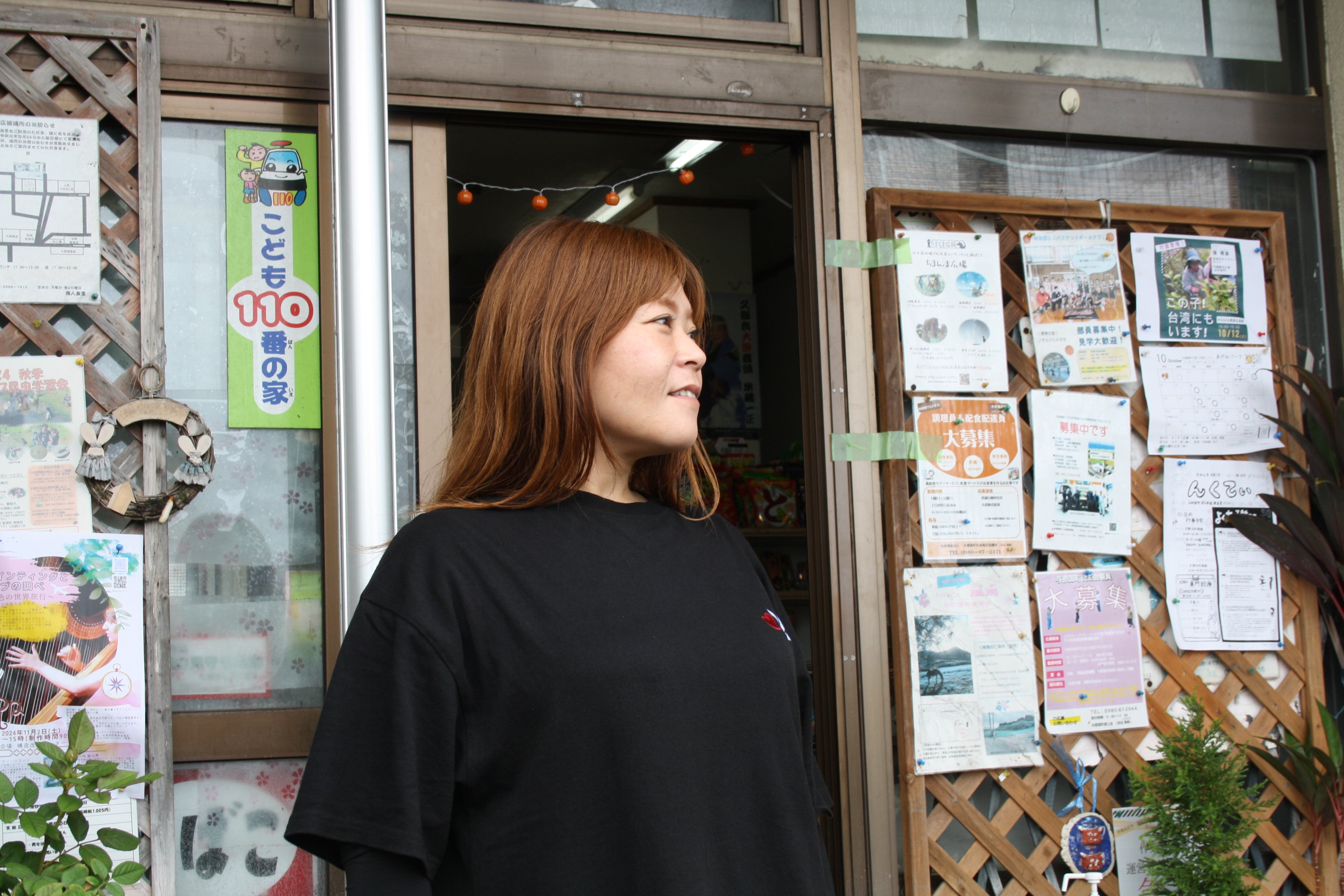
China has conducted drills simulating a full blockade of Taiwan – likely the first step in an invasion – on multiple occasions in the past year, including staging its largest military exercises in three decades over the course of a week in December. Across the whole of last year it ordered a record 3,070 sorties by military aircraft across the Taiwan Strait’s median line.
Beijing claims self-governed Taiwan as a breakaway province and Xi Jinping has repeatedly vowed to “reunite” the island with the mainland by force if necessary. The US assesses that China is gearing up to be ready for an invasion, if ordered, by the year 2027.
Despite this standoff occurring on Japan’s doorstep, SDF activity on Yonaguni is controversial – not just because of a perception that it could make the island a target, but also because of a broader debate in Japanese society about the role its military should play.
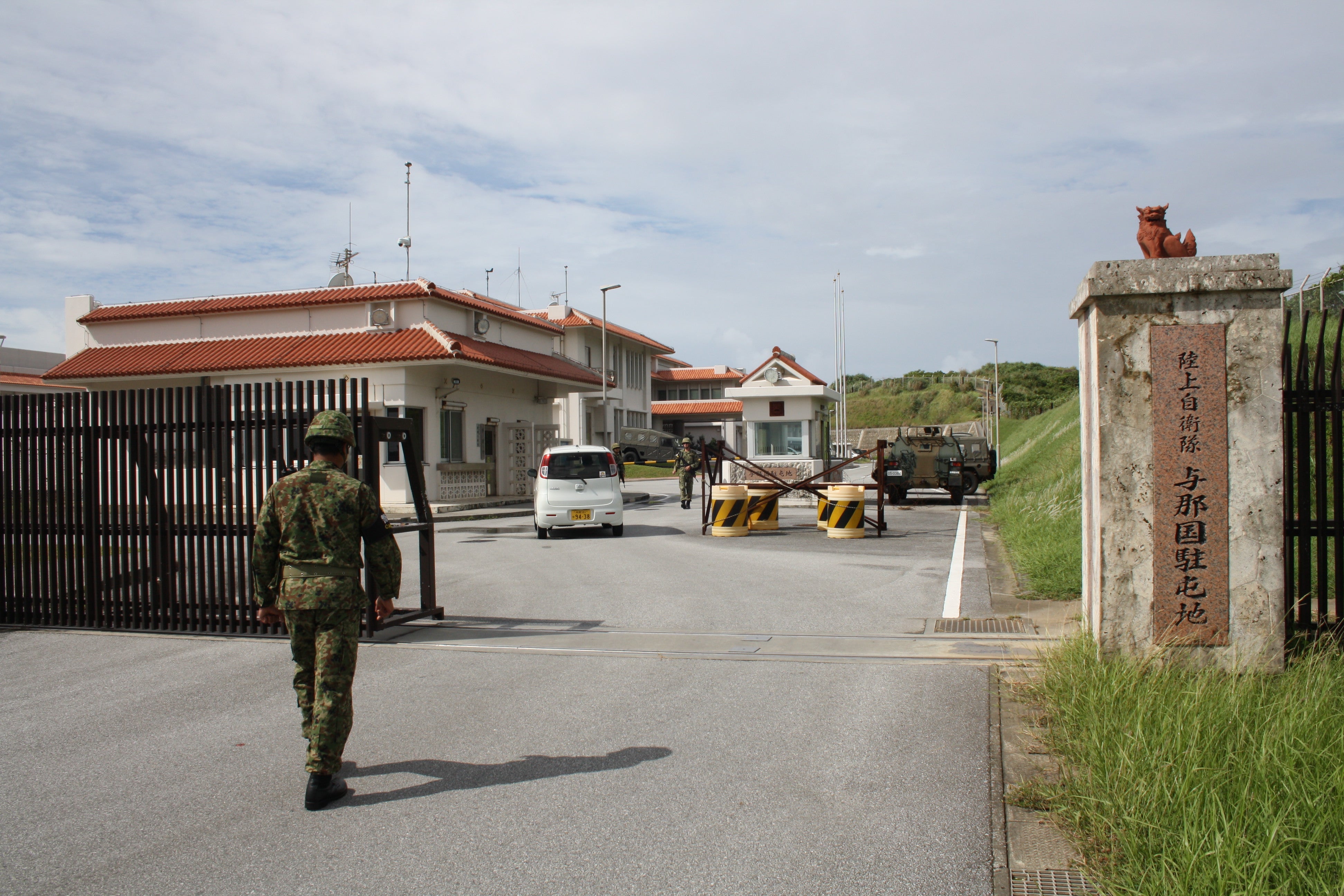
Japan’s commitment to its pacifist constitution, put in place at the end of its defeat in the Second World War as a promise that the country would never again be involved in armed conflict, is being tested by both China’s aggression towards Taiwan and a North Korean regime that launches missiles over the Japanese mainland, and earlier this year claimed to have successfully test-fired a new hypersonic missile into the Sea of Japan.
Further north and Japan also considers Russia to be a dangerous and unpredictable neighbour, exemplified by Vladimir Putin’s decision to invade Ukraine in February 2022.
The previous prime minister of Japan, Fumio Kishida, cited Ukraine as one of the main reasons for tripling Japan’s defence budget to 43 trillion yen – around $400bn at the time it was announced – including huge investment in drone capability and the weapons needed to strike back at the likes of North Korea – or even launch a pre-emptive strike, if intelligence suggests an attack is imminent.
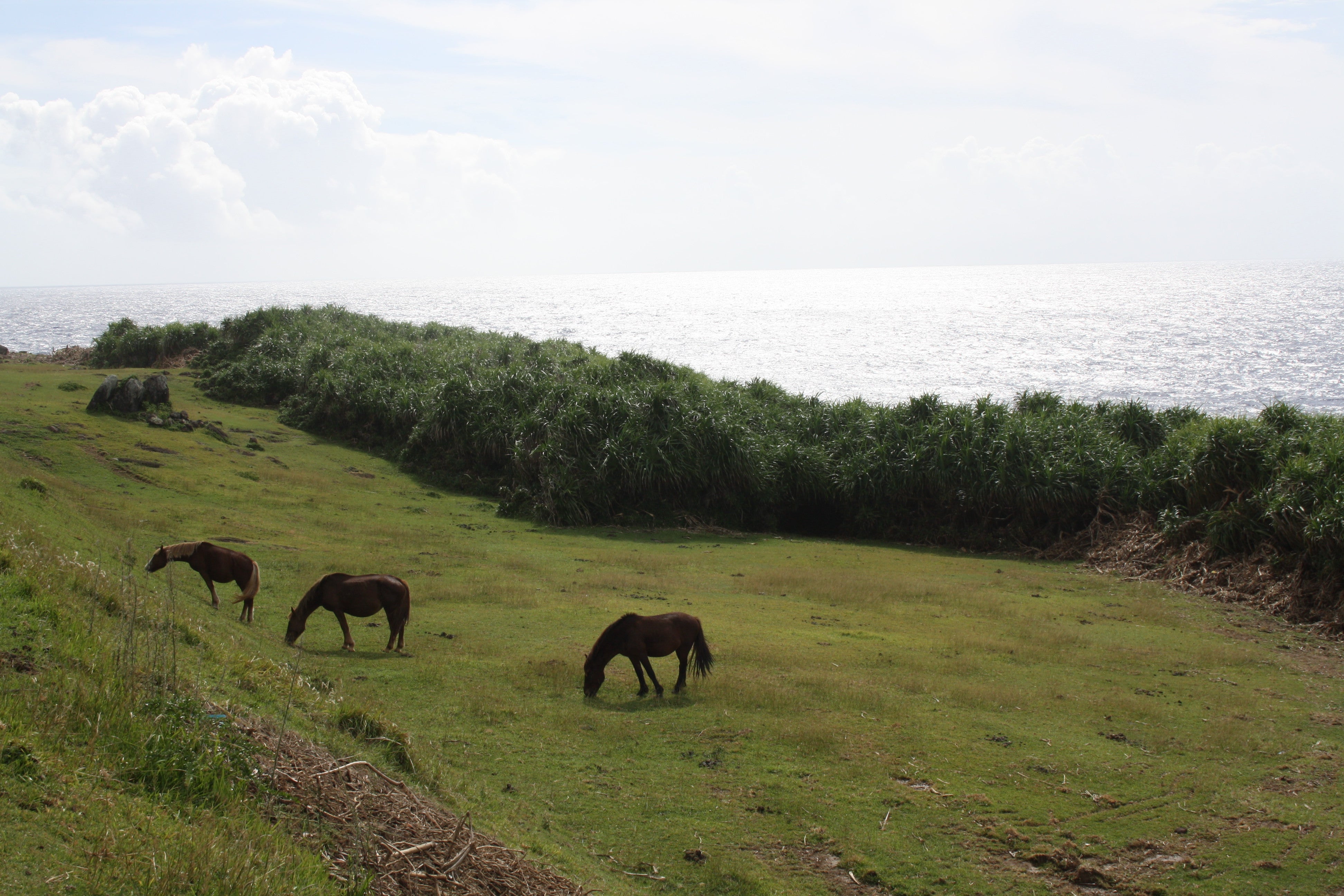
Japan is reportedly preparing to deploy its first long-range missiles, capable of reaching North Korea and China, to two bases on Kyushu Island by the end of the current fiscal year in March 2026.
At Japan’s ministry of defence, officials explained to The Independent how the five-year plan initiated by Kishida, and supported by his successor Shigeru Ishiba, will take the country’s defence-related spending to around 2 per cent of GDP by 2027 – a figure that would have been unthinkable, particularly at the time of a cost-of-living crisis, just a few years ago.
Much of the plan is inspired by the war in Ukraine, including a huge ramping up of Japan’s military drone programme – almost non-existent at present. Defence officials said the government was in the process of acquiring and testing different models before deciding where to invest the new funds.
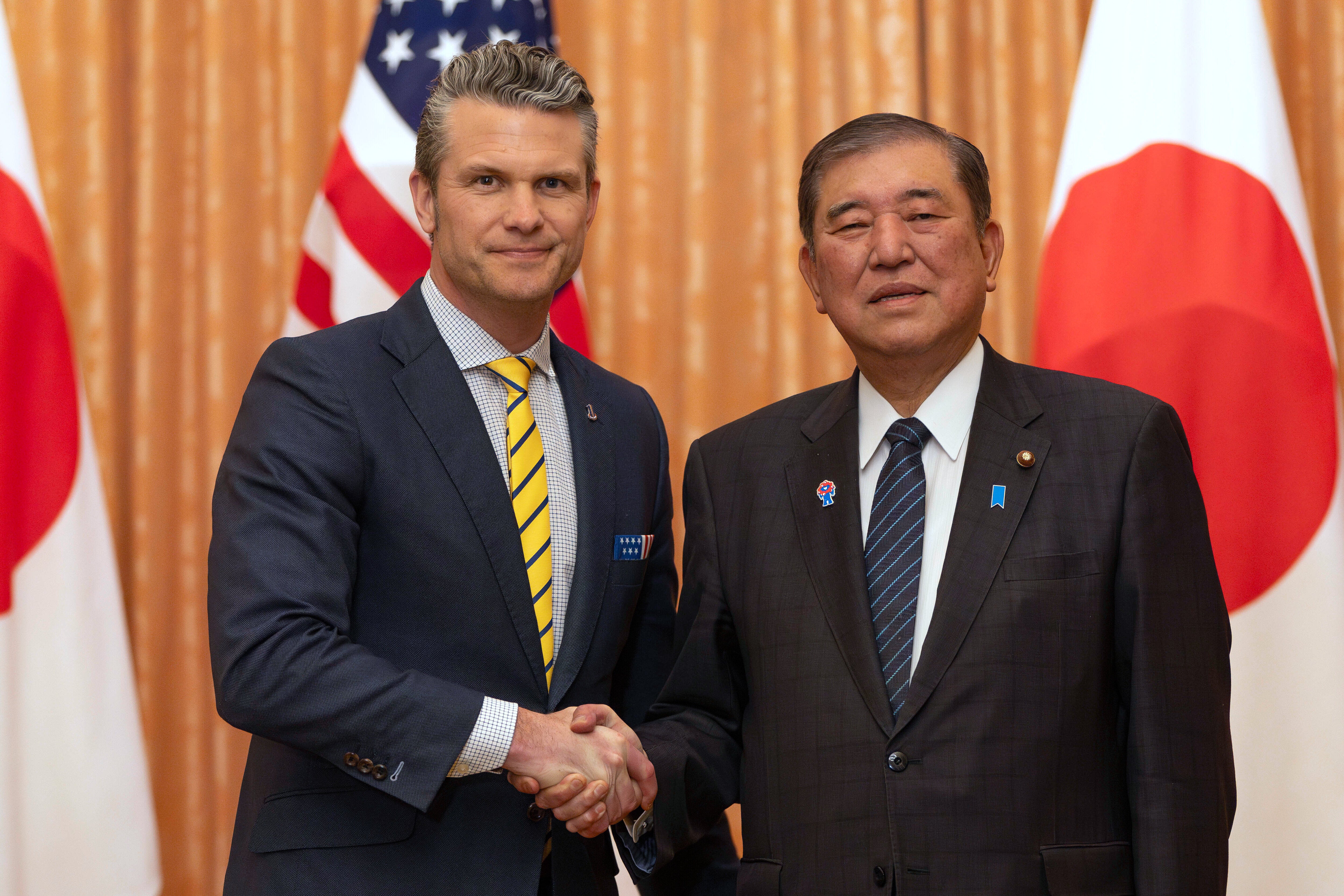
“The Russian aggression over Ukraine shows the deterioration of the global security environment,” says one official, speaking on condition of anonymity.
Both Ishiba and Kishida before him have drawn direct comparisons between Taiwan and the situation in Europe, saying that “today’s Ukraine could be tomorrow’s East Asia”.
Japan views Putin’s decision to invade Ukraine as a failure of effective deterrence, and while the defence ministry official admitted it was impossible “to quantify deterrence”, the argument is that a stronger Japan can help discourage China’s Xi Jinping from following Moscow’s example.
“Japan is enhancing its defence capabilities as a whole, including having the garrisons in the southwestern regions [nearest Taiwan],” they said. “And this is to clearly show that Japan will not accept any unilateral attempts to change the status quo by force.”
One key part of the spending plan involves upgrading the Japanese military’s ageing equipment infrastructure to the latest models, such as replacing outdated F15 fighter jets with F35s from the US.
And Japan wants to go one step further in the future, with an active role in developing cutting-edge military technology. It has signed an agreement with Britain and Italy to jointly design and build the next generation of stealth fighter, a programme known as GCAP.
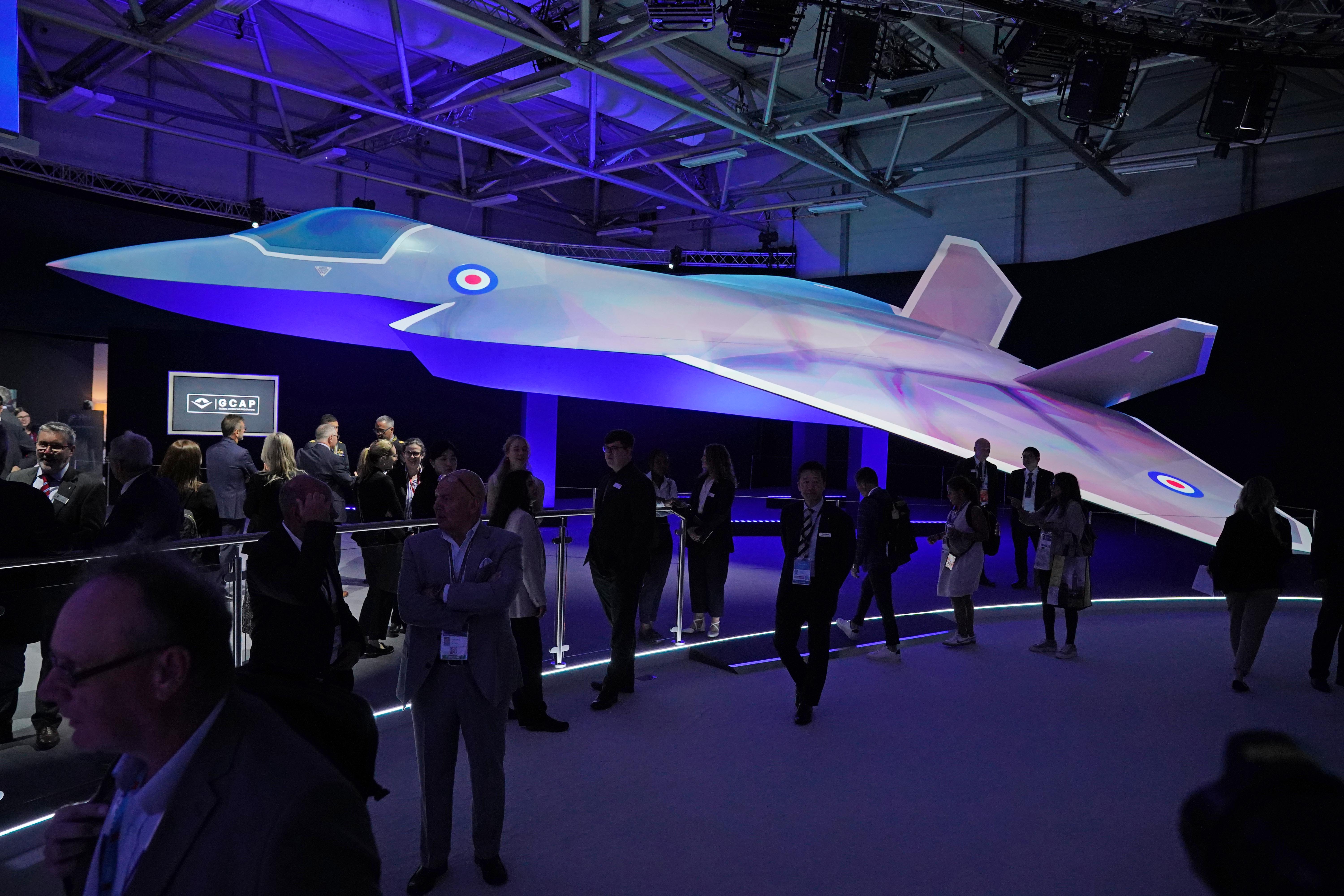
Yet even with all this new spending, Japan will still be heavily reliant on the US for its defence, a relationship that is being strained by the transactional approach Donald Trump takes to international relations.
Prime minister Ishiba was one of the first world leaders to meet with Donald Trump at the start of his second administration, travelling to the White House on 7 February, and the US president him as doing a “fantastic job” leading a “strong and proud nation”.
Trump’s defence secretary Pete Hegseth visited Japan at the end of last month and called the country an “indispensable partner in deterring communist Chinese military aggression”, including across the Taiwan Strait.
Yet Trump has also been highly critical of the US-Japan security partnership, which allows American troops to be stationed on Japanese soil in exchange for a commitment to protect Japan in the event of an attack. “We pay hundreds of billions of dollars to defend them,” Trump complained in comments to reporters at the White House earlier this month. “They don’t pay anything,” he added.
Asked if a Trump White House was entitled to ask even more of Japan, an official at the Japanese foreign ministry said the situation had already “drastically changed” after decades of post-war history when Japan typically spent no more than 1 per cent of GDP on its defence forces.
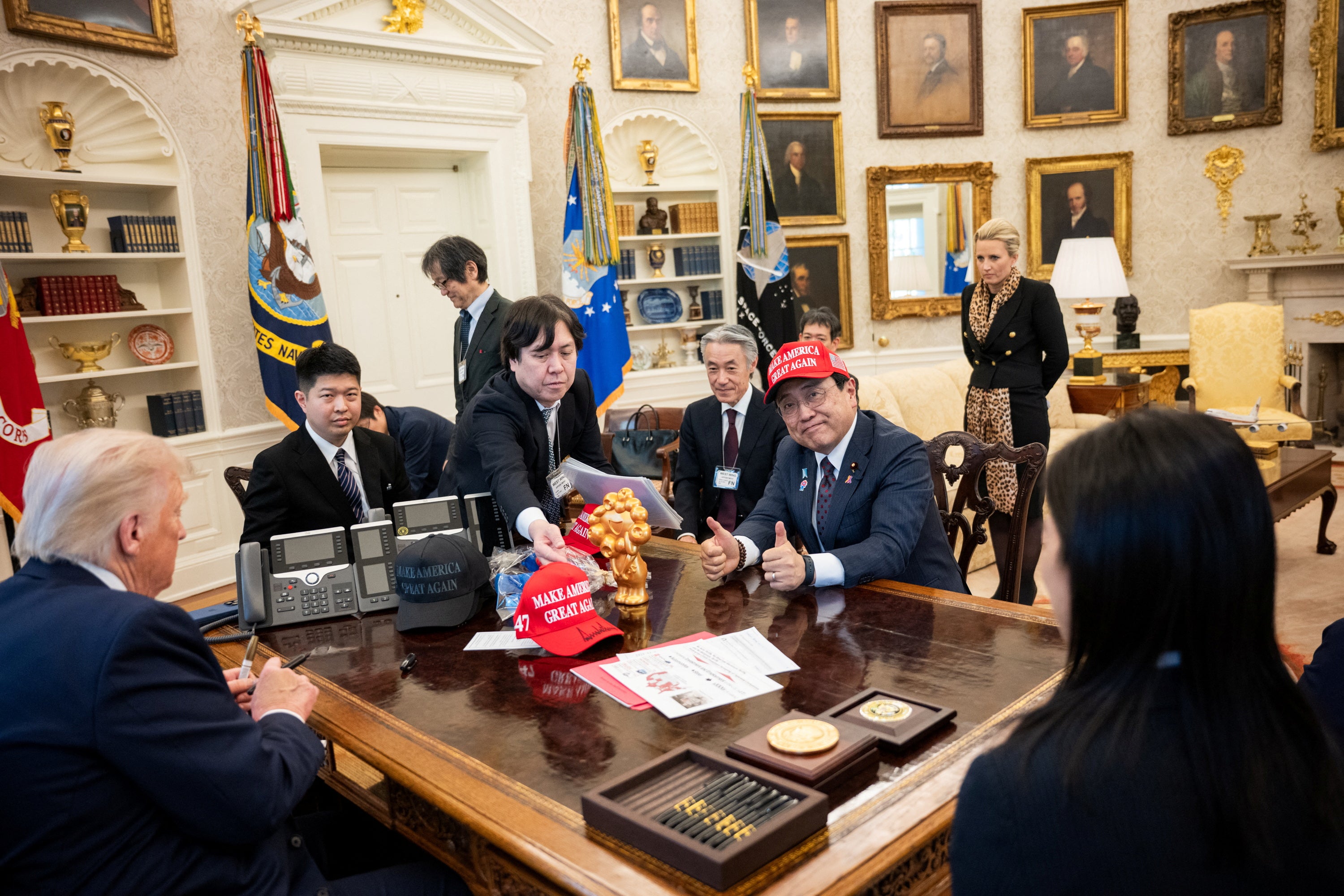
The official suggested Japanese diplomats would explain that historical context to the Trump administration. “The US is always giving us pressure to develop our defence capabilities, including the budget.
“Because of the change of Japan’s policy, the drastic change, I believe that perception from the US should also change,” they said, on condition of anonymity.
“There is a genuine sense that Japan has done quite a lot,” says Matake Kamiya, professor of international relations at the National Defense Academy of Japan. “I mean, 2 per cent of defence-related spending – that was totally unthinkable before the Ukraine war started. Possessing offensive capability under the name of counter-attack capability, that was politically too sensitive.”
Nonetheless there remain red lines that Japan would never cross, even if China were to launch an all-out invasion of Taiwan within plain sight of the islanders on Yonaguni. In such a scenario there’s still no realistic prospect of Japan deploying its newly expanded forces to help protect the island. At most, Japan would provide logistical support to allies – letting the US use its bases closest to the action, for instance.
Despite the shifting attitudes towards pacifism among the Japanese public, any active combat role for its defence forces, even in an international peacekeeping operation, is unthinkable, says professor Kamiya.
If Trump is to truly understand the limitations of Japan as an ally, he will need to get to grips with this aspect that is so fundamental to the country’s psyche, borne out of the trauma of the Second World war.
Terumi Tanaka, co-chair of the Nihon Hidankyo organisation representing Hiroshima and Nagasaki survivors that won last year’s Nobel Peace Prize, calls the expansion of Japan’s defence forces “abominable”.
“Japan has a constitution with Article Nine, and this is based on the reality that we were attacked with this awful nuclear bomb, and so out of reflection on that, Japan abandoned any kind of military power,” he tells The Independent.
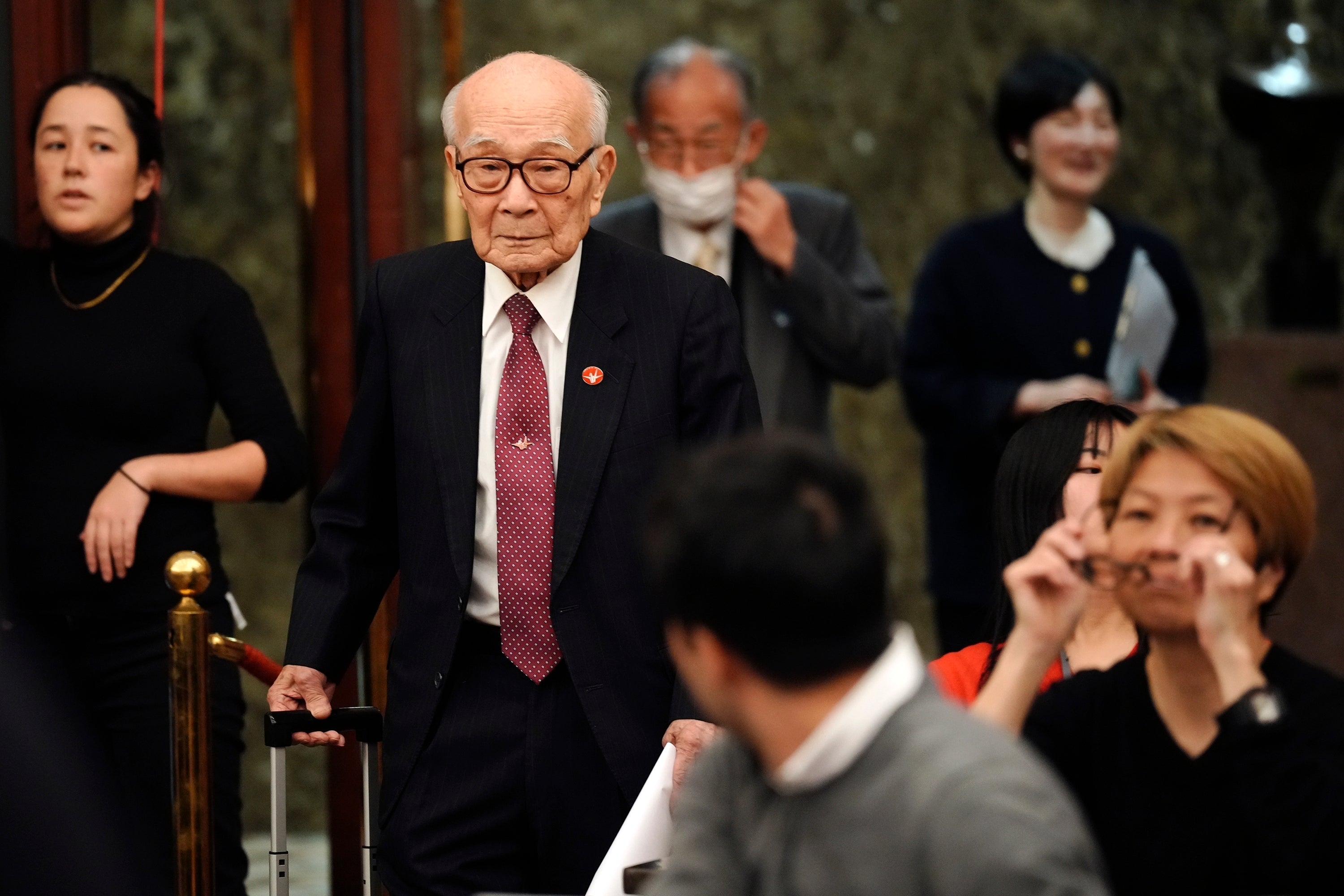
He said those like him who had experienced the horrors of war owed it to younger generations to stand up for the principles of pacifism, and prevent it being abandoned. “We’re trying to prevent that, that’s what I’m doing every day.”
Back on Yonaguni, the way contingency plans for a Taiwan invasion are being solidified gives residents the impression that a crisis has never been closer, says local tour guide Saori Matsuda. “I know that the SDF people are really concerned about the situation,” she says. “I see that the tension is very high.”
Matsuda, a fourth generation resident of the island, says she supports the drills and the expansion of Japan’s military forces, given “the global situation”.
Many residents of Yonaguni have long felt an affinity for Taiwan and there were talks of establishing a ferry link between the two in 2023, before China ramped up its pressure on Taipei.
“The people of Taiwan say they are not part of China. My heart says I support them,” says Matsuda. “I don’t understand why China says what it is saying. I do feel nervous about it. We don’t know what China is going to do – it looks like China could do anything.”



